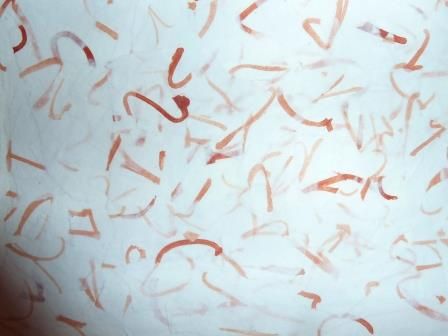I’m in a thinking phase now. Last week I was mostly on a train to or from Manchester Piccadilly setting up, being at, and dismantling our group exhibition w0budong.
As a result of talking with Sue Gough () and Clare Smith (www.a-n.co.uk/p/1650059) I am now reading Lines; A Brief History by Tim Ingold, which is exceptionally useful.
Tomorrow I am going to Brick Lane to install My Cup Runneth Over, a piece I made in response to our new college building in which I chose to focus on where people interact the most. I honed in on the Cafe and the form of the cup. I saw the competition come up on a-n Jobs&Opps earlier this month for The Coffee Art Project () which is linked to the London Coffee Festival (). My work will be up at The Old Truman Brewery for 10 days from tomorrow, longer if selected. I have to get it safely on the train, coach and underground before installing…along with the board the stick the cups too (don’t want to damage the wall!)
I have done a talk to 1st year Illustrators this week, to encourage submissions for the student mag Palette and decided a rather large painting I’ve been working on is now finished (image attached). I haven’t thought of a title for this one yet, it’ll come eventually!
So, with all this going on, I reckon it is a great time to reflect and consider my next step.
I have been thinking about alternative ways to limit my palette (more organic…). And an obvious way to evolve my stone writing piece might be to grind up the 2 tones of clay (seperately) and use a water mixable re-soluble medium to bind the pigment invisibly. The idea that just the stone/pigment will be visible really appeals to me. I have been working extremely large – my unnamed piece is 3 x3 m – and I want to contrast this with working really small, the size of a postage stamp and really thick textured paste.
I’m letting practical considerations of this get in the way of WHY I might do it!
My working methods have recently honed to using a previous (often the previous piece) work to feed into my current work. With this large unnamed canvas I used 3 smaller pieces (I’ll call ‘evolve 1,2 &3’ now for the sake of labelling) and my thoughts on those – especially evolve 2 which I found particularly effective with it’s spatial feel. By turning this one around I found I was looking at a large group of trees. This, along with tutorials with Lexi Strauss and Tom from the Royal College of Art at Hereford, where I was asked what I relate (primarily) with the colour Green (Countryside) and Grey (City) and that enabled me to think about my work in a slightly different way.
While starting work on the large 3 x 3 piece I had the phrase ‘Wood for the trees’ in my head (I named a piece from last summer this when I was trying to decide my next step). I was also thinking about the sense of space in the painting, the frission between marks and building up and scraping back layers (the gesture of writing coming in here using wax, a knife, pencils.)





